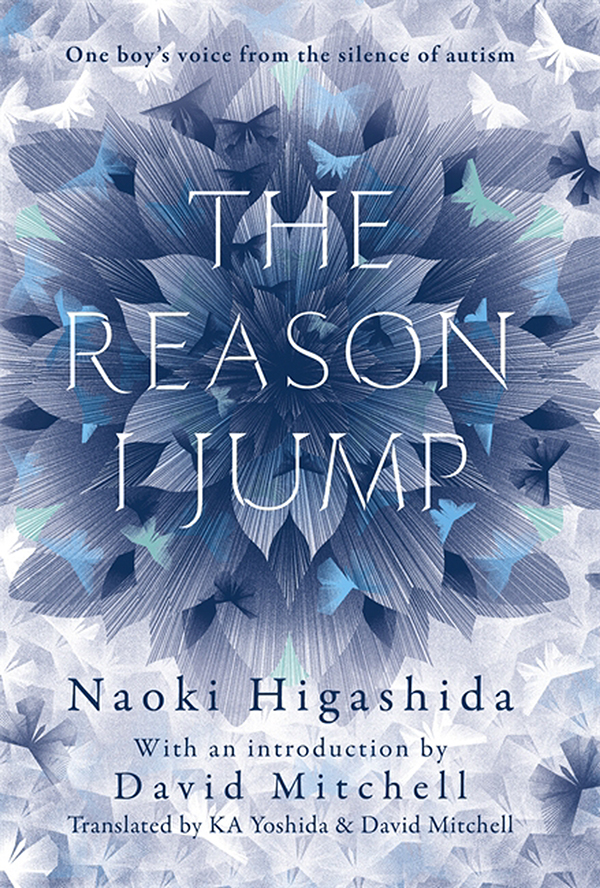The Book in Three Sentences
This book is an autobiography written by a 13-year-old boy from Japan about what it is like to live with autism. The way autistic people view the world is very different than the way we may perceive them to view the world. This disconnect between how we view and treat people with autism and how they actually view the world makes living with autism is even more difficult than it already is.
The Reason I Jump summary
This is my book summary of The Reason I Jump by Naoki Higashida. My notes are informal and often contain quotes from the book as well as my own thoughts. This summary also includes key lessons and important passages from the book.
- “When you see an object, it seems that you see it as an entire thing first, and only afterwards do its details follow on. But for people with autism, the details jump straight out at us first of all, and then only gradually, detail by detail, does the whole image float up into focus.”
- “On our own we simply don't know how to get things done the same way you do things. But, like everyone else, we want to do the best we possibly can. When we sense you've given up on us, it makes us feel miserable. So please keep helping us, through to the end.”
- “But I ask you, those of you who are with us all day, not to stress yourselves out because of us. When you do this, it feels as if you're denying any value at all that our lives may have–and that saps the spirit we need to soldier on. The hardest ordeal for us is the idea that we are causing grief for other people. We can put up with our own hardships okay, but the thought that our lives are the source of other people's unhappiness, that's plain unbearable.”
- “True compassion is about not bruising the other person’s self-respect.”
- “To give the short version, I've learnt that every human being, with or without disabilities, needs to strive to do their best, and by striving for happiness you will arrive at happiness. For us, you see, having autism is normal — so we can't know for sure what your ‘normal' is even like. But so long as we can learn to love ourselves, I'm not sure how much it matters whether we're normal or autistic.”
- “Everybody has a heart that can be touched by something.”
- There is a fantastic story that Higashida tells about learning to wave goodbye to a friend. People kept telling him that he was doing it incorrectly, but he didn't understand why until someone had him look in a mirror. He finally realized that he was waving goodbye to himself with his palm facing toward his own face rather than his palm facing away and toward the other person. He was simply mimicking what he saw when someone waved goodbye to him (the other person's palm), but couldn't fully translate what he saw into the correct behavior.
- He spends much of his day feeling like a failure and knows he screws up often.
- Childish behavior does not equal childish intelligence.
- My biggest takeaway was that when it comes to many everyday circumstances Higashida “gets it,” but he can't act on it. Perhaps I was just ignorant about autism, but I feel that we often assume that autistic people are “out of it” and aren't really following what's going on. (And how would we know when we have no outward or physical indication otherwise?) But he does understand. He gets context and subtlety. He knows what is happening even if he can't take appropriate action.
